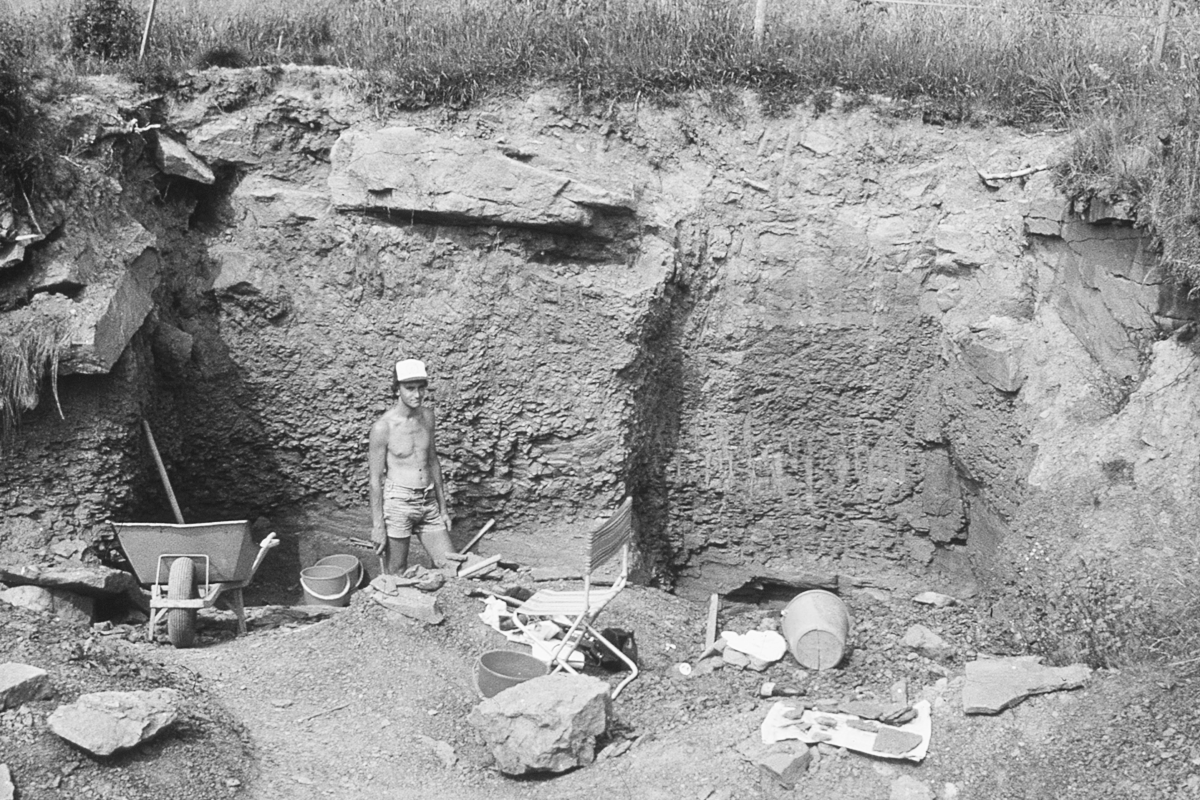Although Germany is not a large territorial state, it is characterized by its complex and varied geology and thus houses some of the world's most famous fossil sites from various geological eras.
The fossil deposit Bromacker in the early Permian Tambach Formation is located between the communities of Tambach-Dietharz and Georgenthal in the Thuringian Forest. Outside of the USA, it represents one of the most important and productive fossil deposits for terrestrial tetrapods from the early Permian period, dating back some 290 million years ago. In the late 19th century, researchers first found footprints and burrowing traces.
Thomas Martens, a paleontologist from the Museum der Natur in Gotha, first found bones in 1974. After German reunification, he, together with David Berman and Amy Henrici from the Carnegie Museum in Pittsburgh and Stuart S. Sumida from California State University, San Bernardino, carried out annual excavations from 1993 to 2010, which yielded numerous skeletons, some of them complete, in a state of preservation that is unique in Europe.
The importance of the Bromacker fossil site for documenting the early evolution of vertebrates on land is comparable in its significance to other outstanding sites in Germany, such as the Messel Pit UNESCO World Natural Heritage Site and the world-famous sites in Holzmaden and Solnhofen.
